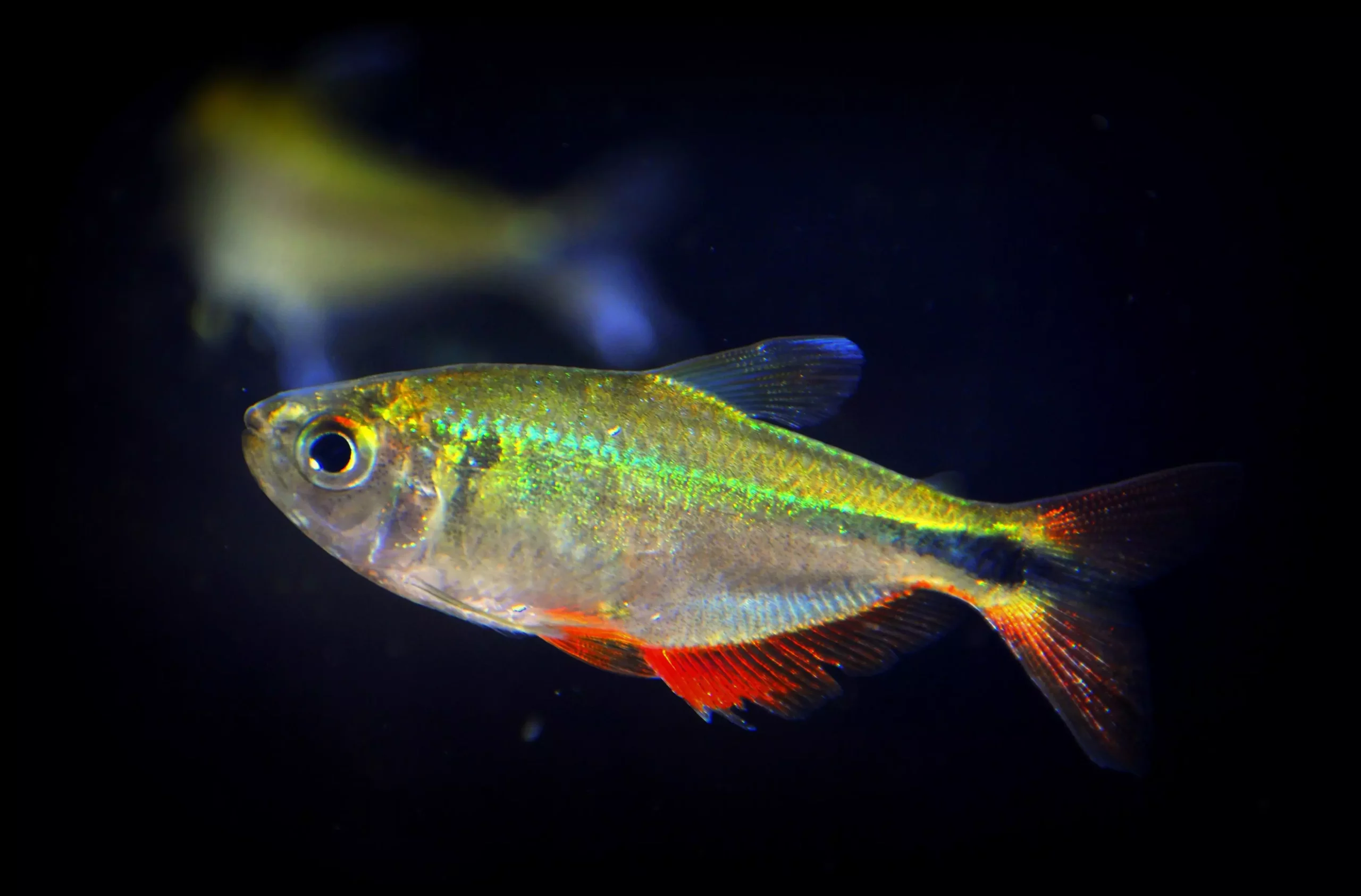The Buenos Aires tetra, scientifically known as Hyphessobrycon anisitsi, is a beloved freshwater fish that has made a significant mark in home aquariums around the globe. Known for its hardiness and appealing appearance, this species has had a fluctuating popularity, with aquarists appreciating both its vibrancy and ease of care. Despite its previous prevalence, the Buenos Aires tetra has seen a decline in interest partly due to its habit of munching on aquatic plants. This article seeks to offer a holistic understanding of the Buenos Aires tetra, including its habitat, care requirements, behavior, and breeding.
As the name suggests, the Buenos Aires tetra hails from Buenos Aires, the capital of Argentina, which is located on the banks of the Rio de la Plata. This body of water is a confluence of two significant rivers: the Paraná and the Uruguay. In its native environment, the Buenos Aires tetra thrives in a variety of freshwater ecosystems, including rivers, lakes, and ponds. These fish flourish in clean waters, as they are sensitive to pollutants and salinity. Understanding this aspect is crucial for creating an optimal environment in captivity, where their survival and health can be ensured.
Reaching up to 2.75 inches (7 centimeters), the Buenos Aires tetra is one of the larger members of the tetra family. Its sleek silvery body is accentuated by a distinctive narrow blue stripe that runs from the gills to the tail, decorated with a striking black diamond spot on the caudal fin. Additionally, their fins exhibit a vibrant orange-red hue, with a hint of red near the eye, lending them a lively appearance. Color variations, including an albino strain and one with yellow tails, have emerged from breeding efforts, further enhancing their appeal for aquarists.
Social creatures by nature, Buenos Aires tetras prefer to swim in schools, which helps them exhibit their vibrant behaviors and mitigates stress. While generally peaceful, their compatibility with other fish species can be tricky; care should be taken to avoid housing them with smaller species like the neon tetra or delicate long-finned fish such as bettas, as they tend to be nippy. Optimal companions include larger tetras, barbs, danios, and bottom-dwelling fish, which can cohabit with the Buenos Aires tetra to create a harmonious tank environment.
Creating an ideal aquarium setting for Buenos Aires tetras involves more than merely filling a tank with water. They are active swimmers who require spacious environments to thrive. A long tank is preferable, providing room for swimming and exploration. Although they are known to destroy live plants, some resilient varieties like Anubias and Java fern can survive in their presence. This adaptability extends to their water conditions, as they can tolerate temperatures between 65°F and 80°F.
Nevertheless, maintaining water quality is paramount. Regular water changes—about 25% to 50% bi-weekly—are essential to prevent the build-up of nitrates and phosphates. Due to their jumping capability, securing the tank with a lid is recommended to prevent them from leaping out.
As omnivores, Buenos Aires tetras exhibit a diverse palate. In the wild, they consume a mixture of aquatic insects, worms, and plants. In captivity, it is advisable to feed them a balanced diet comprising high-quality flakes, dried foods, and occasional live foods like brine shrimp and bloodworms to enhance their coloration and vitality. Feeding should be moderated to what they can consume in a few minutes, promoting efficient digestion and preventing overfeeding.
Breeding Buenos Aires tetras is a relatively straightforward process. These fish engage in egg scattering, and a group arrangement of both genders is typically effective for spawning. Males are often more colorful, while females develop a wider abdomen full of eggs. Setting the breeding environment requires gentle filtration and water conditions that are slightly acidic to neutral, conducive to egg deposition.
Once spawning occurs, it is vital to separate the parents from the eggs, as the adults will consume the eggs. After 24 hours, the eggs hatch, and the fry will become free-swimming within another few days. Careful attention to diet during this period, starting with infusoria and transitioning to brine shrimp as they grow, ensures robust fry development.
The Buenos Aires tetra is not merely an attractive addition to any freshwater aquarium but a species that showcases adaptability and resilience. While their potential for plant destruction may deter some aquarists, careful planning and management can enable a successful and fulfilling experience with these vibrant fish. Their social nature, ease of care, and breeding capabilities make them a favored choice among both novice and experienced aquarists alike.


Leave a Reply